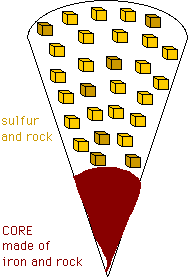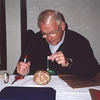This is a drawing of the interior of Io.
Io's Composition
Io's
atmosphere is roughly 90% Sulfur, and 10% other simple atoms such as Oxygen.
If it can be seen, the constituents of a surface are generally determined by detailed observations of spectra. These measurements indicate that sulfur is the primary constituent of surface of Io.
An idea of the interior composition can be guessed from the density of Io, which is about 3.5 g/cm3. The density of typical terrestrial iron is about 5, and that of silicate rock is about 3 g/cm3, so the inside of Io must be made out of rocky material and sulfur.
Deep inside Io is probably a core made of heavier metal elements such as iron. This is where the magnetosphere of Io may be produced.
The composition of Io is very different from the other icy satellites and suggests a certain path for Io's evolution.
You might also be interested in:
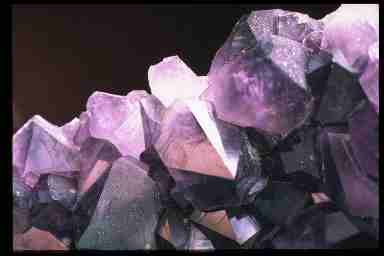
Minerals occur naturally on rocky planets and form the building blocks of rocks. They are non-living, solid, and, like all matter, are made of atoms of elements. There are many different types of minerals
...more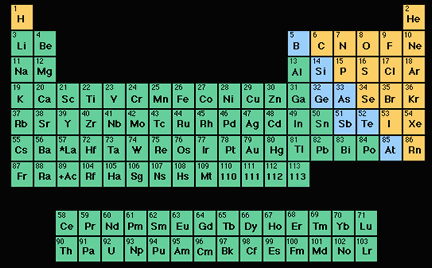
An element (also called a "chemical element") is a substance made up entirely of atoms having the same atomic number; that is, all of the atoms have the same number of protons. Hydrogen, helium, oxygen,
...more
Amalthea was discovered by E Barnard in 1872. Of the 17 moons it is the 3rd closest to Jupiter, with a standoff distance of 181,300 km. Amalthea is about the size of a county or small state, and is just
...more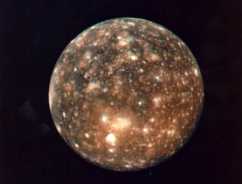
Callisto was first discovered by Galileo in 1610, making it one of the Galilean Satellites. Of the 60 moons it is the 8th closest to Jupiter, with a standoff distance of 1,070,000 km. It is the 2nd largest
...more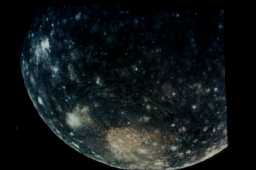
Most of the moons and planets formed by accretion of rocky material and volatiles out of the primitive solar nebula and soon thereafter they differentiated. Measurements by the Galileo spacecraft have
...more
Many examples of the differing types of terrain are shown in this image. In the foreground is a huge impact crater, which extends for almost an entire hemisphere on the surface. This crater may be compared
...more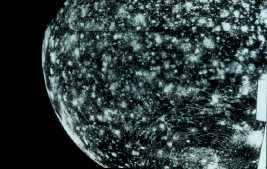
The surface of Callisto is deeply pockmarked with craters. It looks to be perhaps the most severely cratered body in the solar system. There are also very large craters to be found there. The severity
...more


